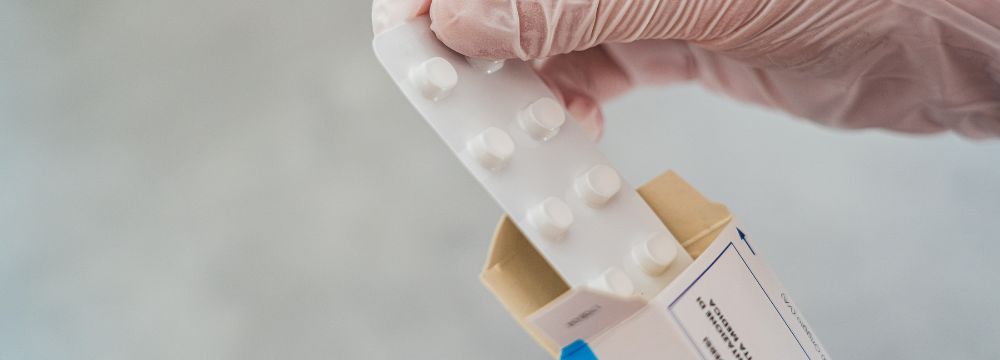AFib
 Electrophysiology has always been one of the most technologically advanced specialties in cardiology and medicine. We require sensitive and technologically advanced equipment and specialized, nuanced techniques because every heartbeat is comprised of a complex electrical system. Further, because ours is a relatively newer cardiology subspecialty, we have benefited from advances that began in the minimally invasive era and have only improved since then.
Electrophysiology has always been one of the most technologically advanced specialties in cardiology and medicine. We require sensitive and technologically advanced equipment and specialized, nuanced techniques because every heartbeat is comprised of a complex electrical system. Further, because ours is a relatively newer cardiology subspecialty, we have benefited from advances that began in the minimally invasive era and have only improved since then.
New Ablation Techniques Are Coming Down the Pike
The gold standard of care and often the first-line treatment for many Afib patients is a procedure known as cardiac catheter ablation. For many, these procedures are more effective than the alternative – antiarrhythmic medication, even at the early stages of Afib. Despite the procedure’s seeming complexity (with incredible technology), it can be exceptionally safe and has an excellent outcome profile. During an ablation, heat or cold – thermal energy – is applied to the area of the heart, most often around the pulmonary veins, to create scar tissue that blocks errant electrical signals of the heart. Heat treatments use radio frequency waves, while cold-based treatments use cryo technology. In both cases, spaghetti-like catheters threaded up the femoral vein from the leg into the heart to offer all these benefits via a tiny access point.
The most significant potential drawback or risk of this traditional ablation method is that thermal technology may, in rare cases, damage surrounding structures, like the esophagus or nerves. This is uncommon, and most occurrences are relatively minor. These issues can be mitigated by an experienced electrophysiologist, but some risk is always present.
New technology, such as Pulsed Field Ablation, uses brief electrical impulses to the same end and, in theory, does so with less risk of damaging nearby structures. More data is needed to see if it can truly differentiate itself from thermal ablations and the safety and efficacy of cryoablation. With some research, you may find that this procedure has a possible additional benefit. While traditional ablations have about a 93% success rate in pulmonary vein isolation, pulsed field ablation showed 100% efficacy in a 2021 clinical trial.1 It’s worth noting that most of these trials have a relatively small sample size and the method has not yet been rolled out to the wider US population. Also, there is a documented case of phrenic nerve palsy that, while hopefully isolated, makes us approach this new therapy with a bit more caution.
How Does Pulsed Field Ablation Work?
PFA uses a process known as electroporation to open pores in the protective membrane of cells using a short-pulsed electrical field. This induces cell death and resorption into existing heart tissue. Since esophageal and nerve cells are somewhat hardier, this treatment should not affect them in theory. It also reduces the likelihood of thermal damage to structures in and around the heart other than the treated area.
Should I Wait for This New Technology?
While pulsed field ablation has been approved in Europe, it has yet to be approved by the FDA in the United States. Clinical trials are complete (or in their final stages), and we expect approval of the first devices in 2024. However, it’s important to remember that Afib is a progressive condition. What may start as an occasional or paroxysmal problem can eventually develop into a persistent version where the irregular heartbeat cannot be corrected. Without intervention, and as it progresses, Afib gets more challenging to treat. As such, we recommend that patients see a cardiac electrophysiologist as soon as possible. Not every case of Afib needs to be treated, but every patient should be appropriately diagnosed and monitored by their EP. Further, PFA is not without risk and, for now, has shown similar results to traditional thermal ablations. As such, we do not see this procedure being so different that patients should wait for treatment.
For more information on current and future treatments and to discuss the best options for any irregular heartbeat you might be experiencing, we encourage you to contact our office and schedule a consultation with Dr. Tordini. This is the first step to managing the discomfort and stroke risk associated with atrial fibrillation.
Resource:
- Shaheen N, Shaheen A, Ramadan A, Nashwan AJ. Efficacy and safety of novel pulsed field ablation (PFA) technique for atrial fibrillation: A systematic review and meta-analysis. Health Sci Rep. 2023 Jan 19;6(1):e1079. doi: 10.1002/hsr2.1079. PMID: 36698714; PMCID: PMC9852677.
Dr. Tordini is a part of Florida Medical Clinic in Tampa








